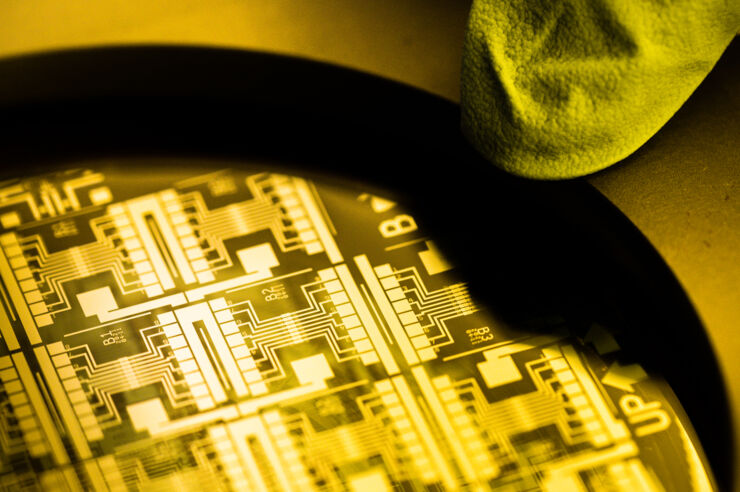Researchers at Linköping University in Sweden have developed artificial neurons that demonstrate 15 of the 20 characteristics of biological neural cells and can communicate with natural neurons in the body. The researchers call their device the “conductance-based organic electrochemical neuron,” or c-OECN, and it is based on materials that can conduct a negative charge, including organic electrochemical transistors and n-type conducting polymers. By printing thousands of such transistors on a flexible substrate, the researchers have been able to create artificial neurons. The device uses ions to control the flow of electricity, just like biological neurons, and so far, the Swedish team has demonstrated that it can control the vagus nerve in mice, suggesting that it has great potential in medical applications.

As medical technologies advance, researchers are becoming more adept at mimicking biological functions using human-made components. This latest artificial neuron is a case in point, as it makes use of ions to control the electricity flowing through it, just as biological neurons do by opening and closing ion channels. The researchers hope that these newly crafted artificial neurons may assist with more realistic neural control in a variety of medical technologies.
“One of the key challenges in creating artificial neurons that effectively mimic real biological neurons is the ability to incorporate ion modulation,” said Simone Fabiano, a researcher involved in the study. “Traditional artificial neurons made of silicon can emulate many neural features but cannot communicate through ions. In contrast, c-OECNs use ions to demonstrate several key features of real biological neurons.”
The artificial neurons use ions to control the electricity that flows through the conducting polymer within them, which results in voltage spikes that mimic what occurs in real neurons. The technology allows the device to increase and decrease current in a controlled manner as a near perfect bell curve, which is reminiscent of the electrical activity in neurons that is controlled by sodium ion channels.
So far, the researchers have tested the technology in mice, and implanted the printed neurons with the aim of controlling the vagus nerve. The neurons successfully communicated with the vagus nerve, resulting in a 4.5% decrease in heart rate in the mice.
“There is much we still don’t fully understand about the human brain and nerve cells,” said Padinhare Cholakkal Harikesh, another researcher involved in the study. “In fact, we don’t know how the nerve cell makes use of many of these 15 demonstrated features. Mimicking the nerve cells can enable us to understand the brain better and build circuits capable of performing intelligent tasks. We’ve got a long road ahead, but this study is a good start.”
Study in journal Nature Materials: Ion-tunable antiambipolarity in mixed ion–electron conducting polymers enables biorealistic organic electrochemical neurons
Via: Linkoping University
